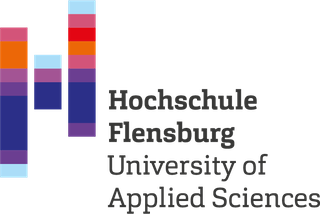Defining and Aligning Supply Chain Objectives Before, During, and After the COVID-19 Pandemic
Siebert, J. U., Brandenburg, M., & Siebert, J. (2020). Defining and Aligning Supply Chain Objectives Before, During, and After the COVID-19 Pandemic. IEEE Engineering Management Review, 48, 72–85. http://doi.org/10.1109/EMR.2020.3032369
